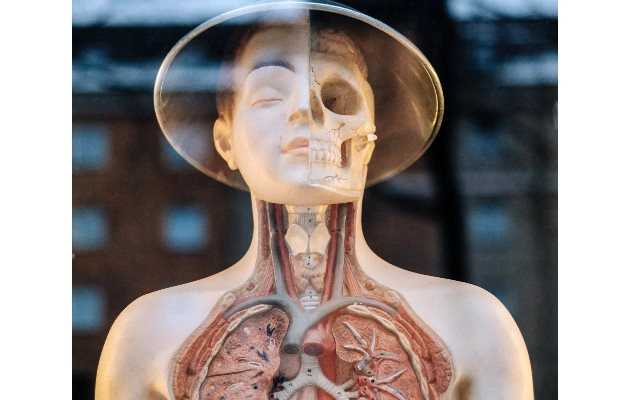What are head and neck cancers?
Head and neck encompass several organs, which include the mouth, nose, brain, salivary glands, sinuses, throat and lymph nodes. Thus, these cancers are the 6th most common variant, responsible for 6% of total cancer cases in the world. The most commonly affected area is the mouth, and elderly men are at higher risk of developing these cancers.
What are its main signs and symptoms?
Due to several structures present in the head an neck area, signs and symptoms of these cancers depend on the structures that are affected. Yet, there are certain common signs and symptoms, which include:
- Lump in the neck
- Chronic cough
- Weight loss (>10% of total body weight)
- Dysphagia (difficulty swallowing)
- Enlarged lymph nodes in the neck region
- Headache
- Facial numbness
What are its main causes?
Any cell in our body can turn cancerous due to mutation. This mutation can occur due to several factors and thus it is difficult to pinpoint the cause. These risk factors include:
- Use of tobacco
- Alcohol consumption
- Strong family history
- Older age
- Male gender
- Poor nutritional status
- Exposure to dust, metal particles and radioactive substances
- Exposure to harmful X-rays
How are they diagnosed and treated?
A medical history along with proper clinical examination usually hints at the diagnosis. However, certain invasive and non-invasive investigations are required to classify this cancer using the tumour-node-metastasis (TNM) staging, which is crucial for deciding the treatment plan.
- Blood investigations – General routine blood investigations are needed to rule out underlying disease conditions:
- Complete blood count (CBC)
- Liver function test
- Kidney function test
- CT scan – CT scan of head and neck gives an idea about the extent of the cancer
- PET scan – PET scan is crucial in determining the extent of spread to distant organs as well
- MRI scan – More accurate than CT scan in deciding the extent of cancer
- Fine needle aspiration cytology (FNAC) – Either ultrasound guided or CT guided, which helps in taking a biopsy from the cancerous tissue to give details on the histological type of the cancer
Treatment of these cancers, like any other cancer, involves either surgery, chemotherapy, immunotherapy, or radiation therapy or a combination of these therapies.
- Surgery – It is the main line of treatment for these cancers, where the entire affected structure is removed, or cancer cells are removed surgically.
- Chemotherapy – Along with immunotherapy, chemotherapy helps in killing the cancerous cells. In some cases, chemotherapy is given prior to the surgery to downstage cancer, and then the cancerous cells are removed surgically.
- Radiation therapy –Radiation therapy involves irradiating the affected structure to kill cancerous cells.

 OTC Medicines for Head and neck cancer
OTC Medicines for Head and neck cancer















